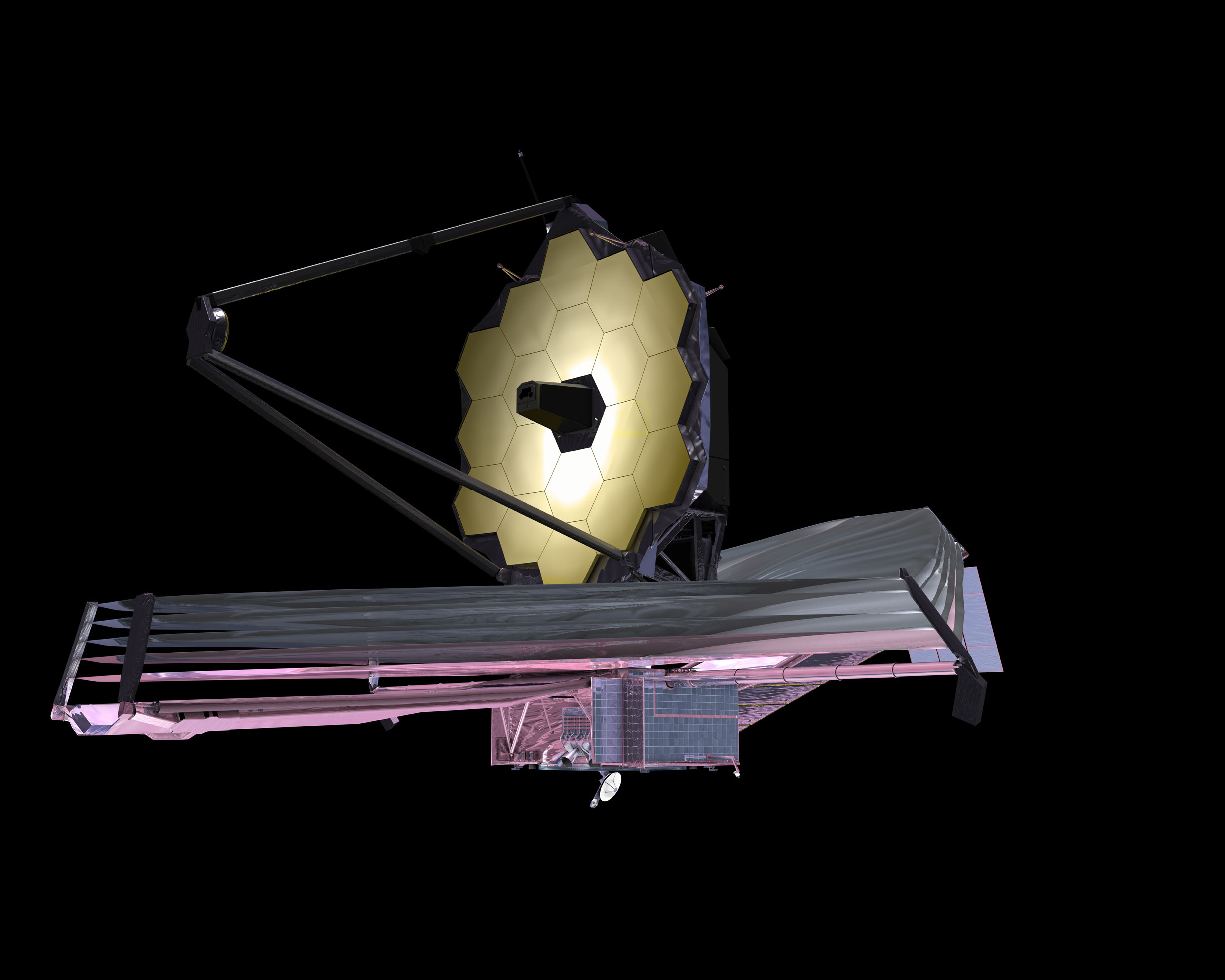
NASA chief Charlie Bolden went to bat for the agency's imperiled next-generation space telescope Tuesday (July 12), telling members of Congress that the instrument has greater potential for discovery than the iconic Hubble Space Telescope.
A proposed congressional budget bill announced last week would terminate NASA's James Webb Space Telescope (JWST), an ambitious instrument with a history of delays and cost overruns. But NASA can deliver JWST to space for about the same price as Hubble, Bolden said — and the science returns would be even greater.
"I have tried to explain what I think is the importance of James Webb, in terms of opening new horizons far greater than we got from Hubble," Bolden told members of the House Science, Space and Technology committee Tuesday. "I would only say that for about the same cost as Hubble in real-year dollars, we'll bring James Webb into operation." [Spectacular Hubble Telescope Photos]
A rocky history
The $6.5 billion JWST, named after a former NASA administrator, is billed as the agency's muscular successor to Hubble, which launched back in 1990 and is still going strong. JWST is an infrared observatory designed to peer further back into the universe's early days than ever before.
While many researchers have enthusiastically touted the telescope's potential, its development has been plagued by problems. Last November, an independent review panel found that JWST will cost at least $6.5 billion and could launch no earlier than September 2015, putting it $1.5 billion over budget and more than a year behind schedule.
The telescope's issues are primarily the result of poor management practices, the panel further concluded.
Get the Space.com Newsletter
Breaking space news, the latest updates on rocket launches, skywatching events and more!
A recent budget and technology plan painted an even more pessimistic picture, estimating that JWST could launch by 2018 at the earliest.
And last week, the telescope's future came into even more serious question. The House Appropriations subcommittee that oversees NASA proposed a 2012 spending bill that would give the space agency just $16.8 billion, $1.6 billion less than last year. JWST's funding would be pulled completely.
Fighting for JWST
Bolden came to Capitol Hill Tuesday to discuss NASA's plans for its next heavy-lift rocket system — specifically, to explain to an increasingly impatient Congress why the agency has yet to decide upon a design. But he also fielded questions about JWST's fate and made a case for the instrument's continued funding.
For example, Bolden stressed that NASA has made changes to JWST's management, and that the instrument is already quite far along in development. More than 75 percent of the telescope's hardware has already been delivered, Bolden said.
The NASA chief also stressed JWST's potential to revolutionize our understanding of the universe, invoking Hubble's great achievements as an example of what such powerful telescopes can do.
"When we started Hubble, dark energy didn't exist. At least, we didn't know about it," Bolden said. "When we launched Hubble, there was no such thing as extrasolar planets. So those kinds of discoveries would probably go lacking, unless some other nation stepped forward and did it."
You can follow SPACE.com senior writer Mike Wall on Twitter: @michaeldwall. Follow SPACE.com for the latest in space science and exploration news on Twitter @Spacedotcomand on Facebook.
Join our Space Forums to keep talking space on the latest missions, night sky and more! And if you have a news tip, correction or comment, let us know at: community@space.com.

Michael Wall is a Senior Space Writer with Space.com and joined the team in 2010. He primarily covers exoplanets, spaceflight and military space, but has been known to dabble in the space art beat. His book about the search for alien life, "Out There," was published on Nov. 13, 2018. Before becoming a science writer, Michael worked as a herpetologist and wildlife biologist. He has a Ph.D. in evolutionary biology from the University of Sydney, Australia, a bachelor's degree from the University of Arizona, and a graduate certificate in science writing from the University of California, Santa Cruz. To find out what his latest project is, you can follow Michael on Twitter.









